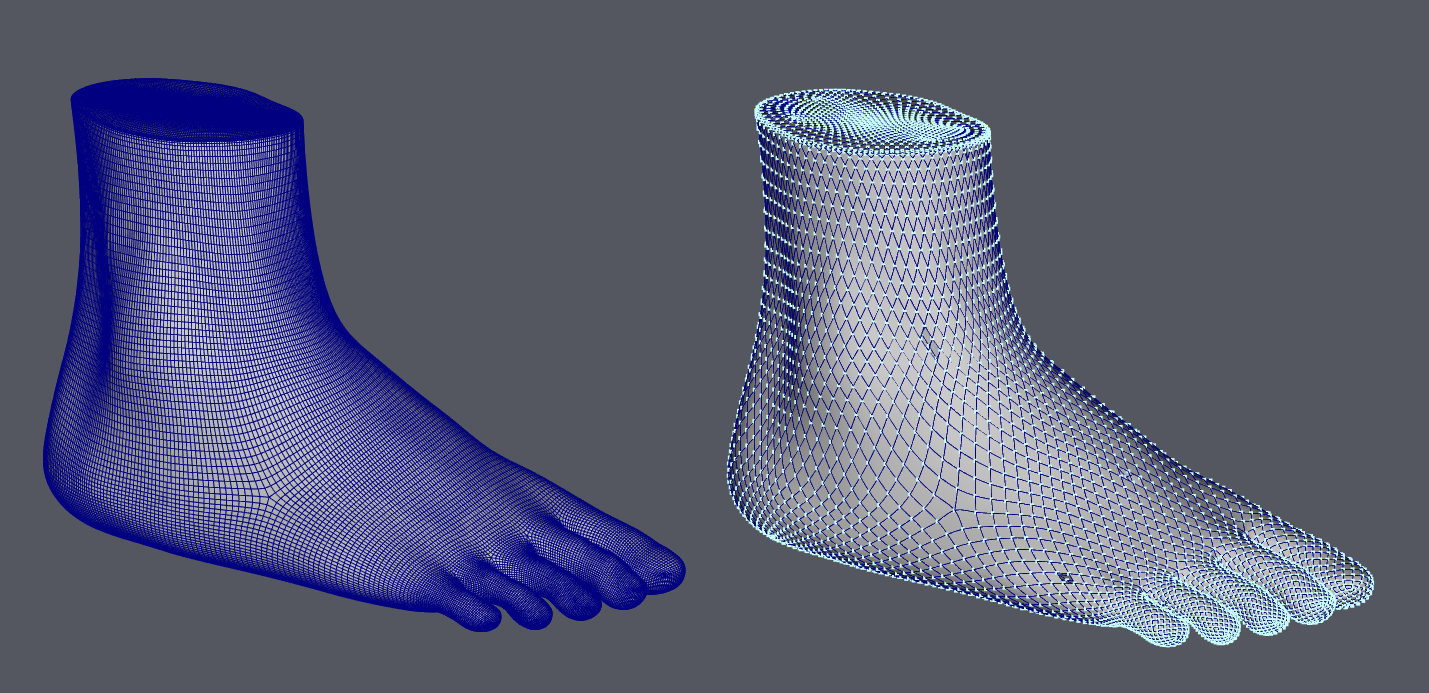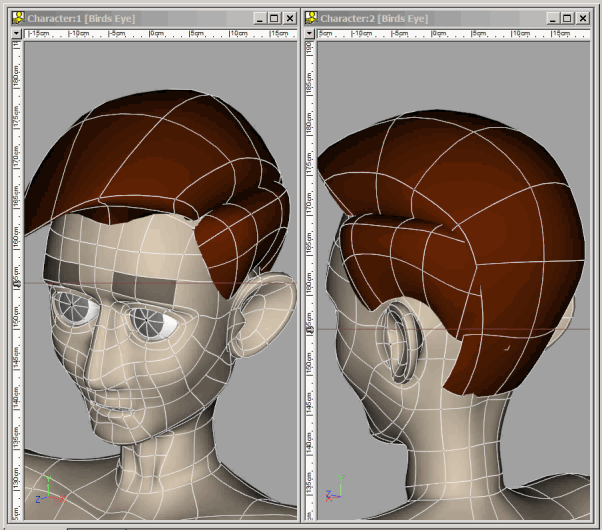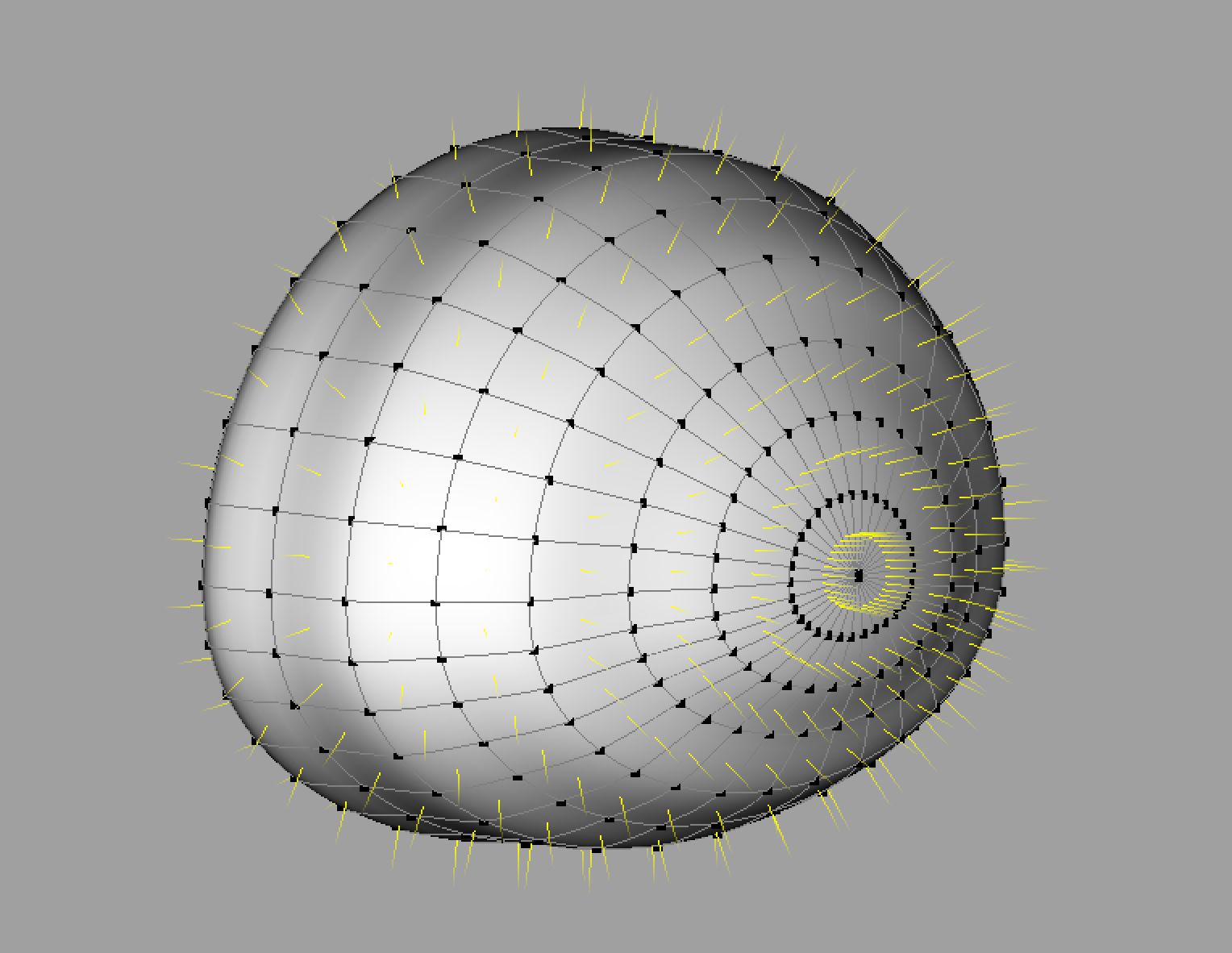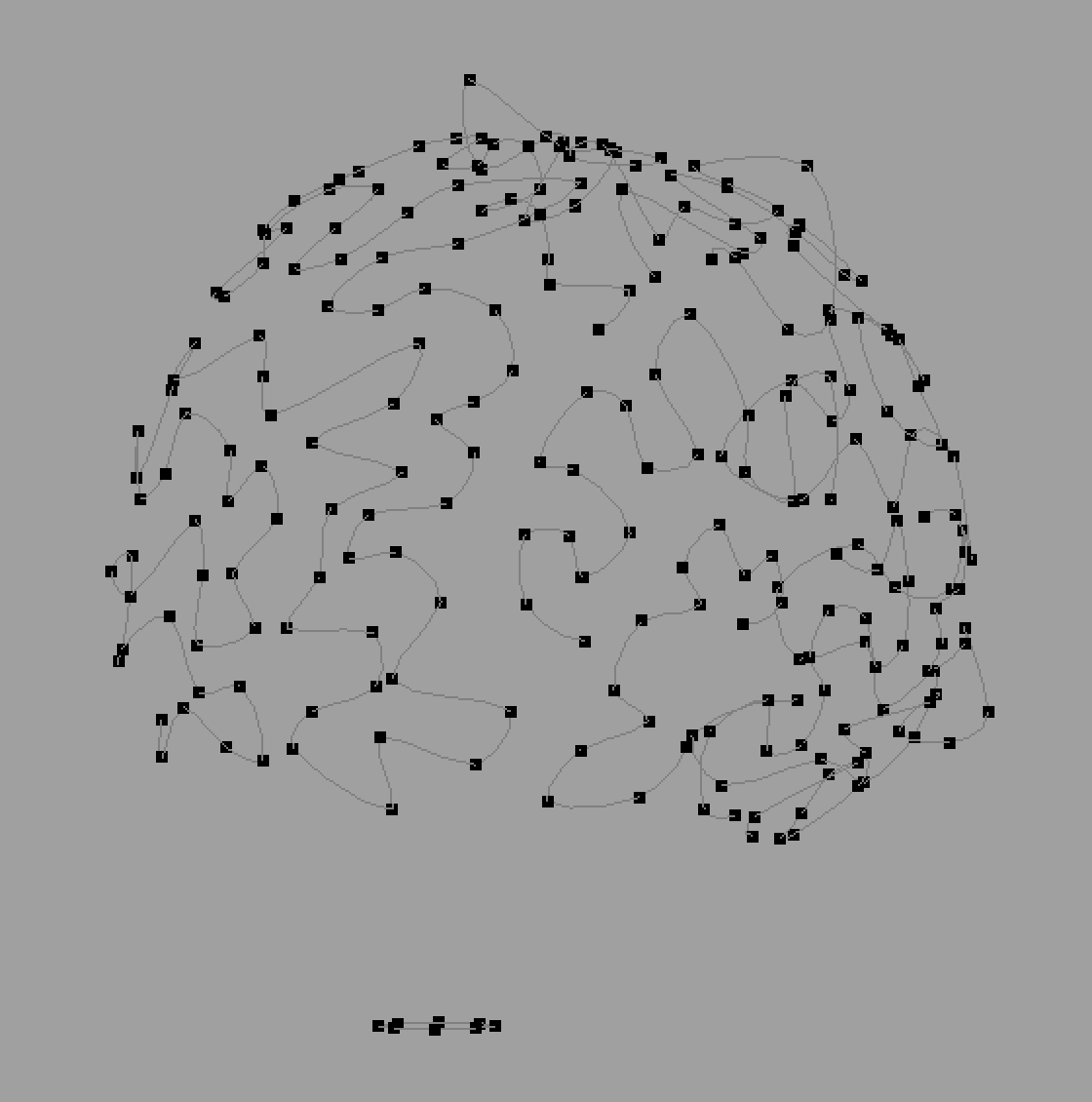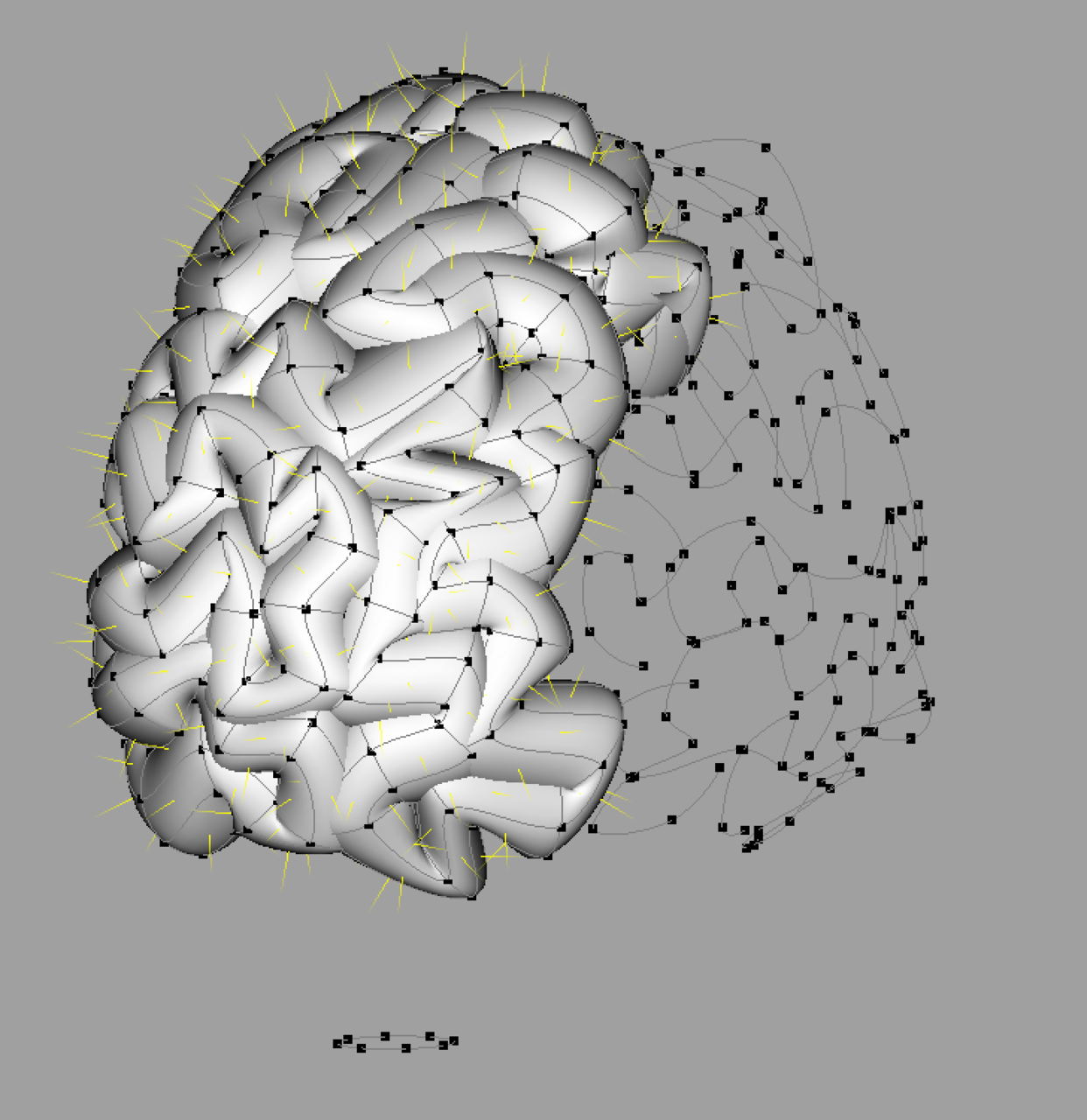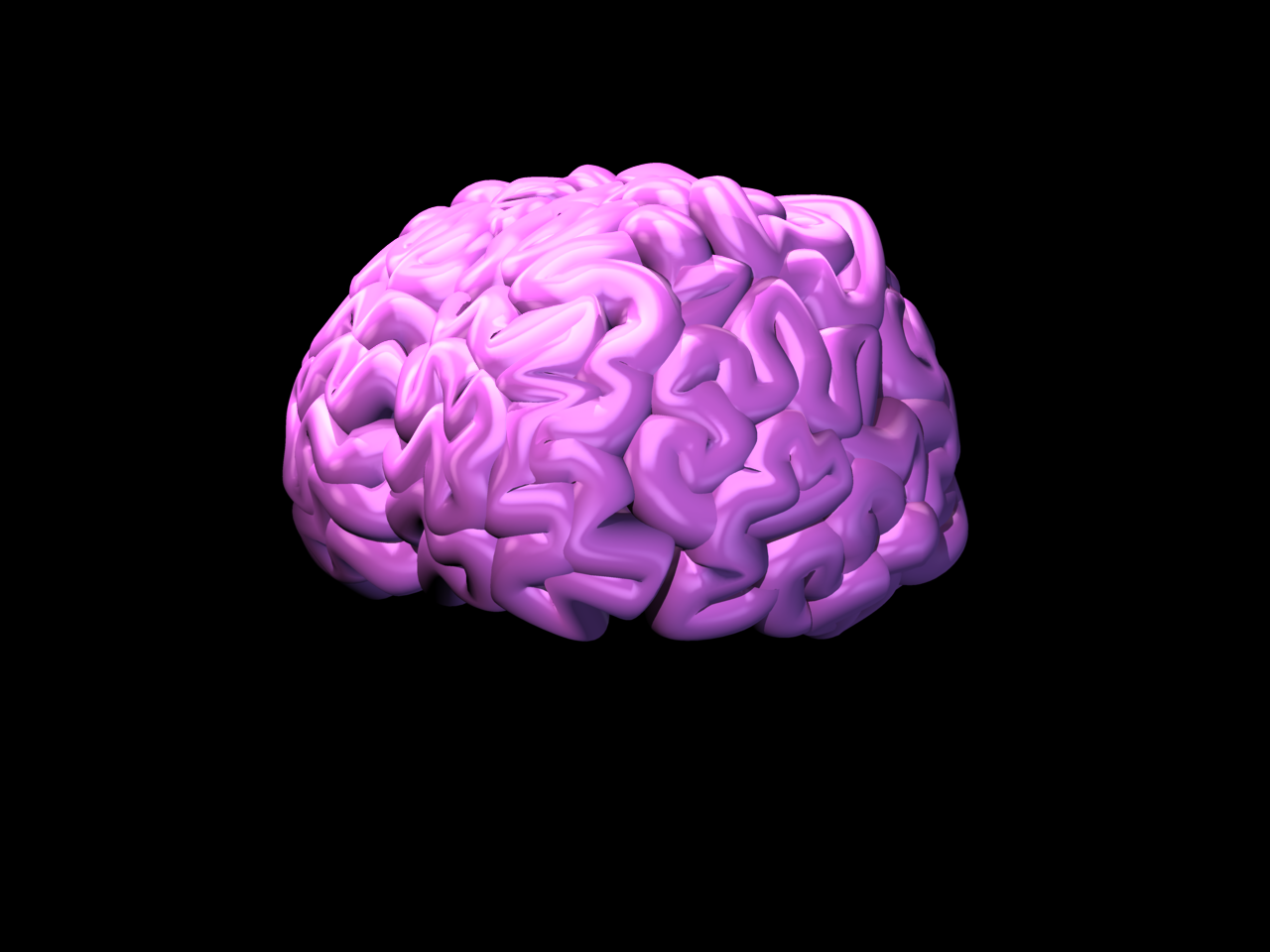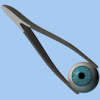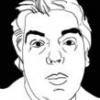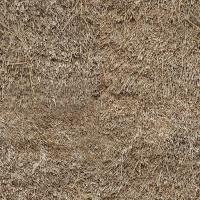Search the Community
Showing results for '"snap to surface"'.
-
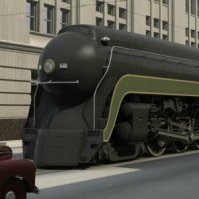
Got a new 3D scanner, models are now much more complex, AM hanging
R Reynolds replied to MAYAman's topic in Animation:Master
I've left a large poly model running for days and could never get beyond 30%. I've had success with installing Blender and reading just enough of the on-line manuals to reduce poly count and in some cases convert triangle polygons to rectangles (or quads in their jargon). The foot on the left is the imported prop and one the right is the .mdl converted from a reduced poly version. I find there's an advantage to having your template model in .mdl format in that I can easily isolate an area and eliminate the "snap to surface" choosing the wrong side. -

Got a new 3D scanner, models are now much more complex, AM hanging
robcat2075 replied to MAYAman's topic in Animation:Master
After you import the Prop, you can put it in a Chor and model new splines there, I recall. Drag the Prop into a Chor. Create a new empty Model and drag that into the Chor. Select the Shortcut to Model, then choose Modeling Model to begin editing the Model with new splines. Snap to Surface (Shift + 9), which attempts to place new CPs on the surface of a Prop or other object already in the Chor was made for endeavors such as yours. -
Is there a way to keep Snap to Surface from jumping point to the opposite side of a model?
-
that is Snap-to-surface Mode. Button looks like this ---> https://forums.hash.com/search/?q="snap to surface"&updated_after=any&sortby=relevancy
-
Hi Kim. Snap to Surface was indeed introduced in v17. Our forum Search is inoperative at the moment but there are discussions of Snap to Surface somewhere here. I would be curious to know where you heard "a lot" about Snap to Surface. I can't imagine it.
-
I have heard alot about it,but never really knew what it was for ,surfing on youtube ive seen alot of programs exporting from one program to another and back,and I saw John Bigboote had just posted something about it for v17 ,and is it new in v17? ( Most videos were just timelapsed and did'nt explain anything)
-
It's possible you have something called "snap to surface" on. This new feature is for drawing splines/resplining on an imported polygon prop. Ray traced lights are slow, but you can get accurate fuzzy ray-traced lights by setting the light "width" wider and increasing the "rays" parameter. Use the narrowest width and fewest rays you can get by without grainy looking shadows.
-

"Paint fall" Image Contest WIPs
robcat2075 replied to robcat2075's topic in Work In Progress / Sweatbox
As time was running out I decided to try helmet hair instead of particle hair. I started by using "snap to surface" to draw a spline where the part in the hair would go and then extruded that up and across the head one section at a time to make "the big flip." Then I did that again in the other direction to do the small side of the part. I didn't worry about the back too much since that wasn't going to show in my still image. Turns out, I do my hair pretty much the same way our President does his! (click to animate) -
There is a new feature called "Snap to Surface" You import a model or prop and you can draw new splines on it. This would be a way to create a thin spline mesh on a dense polygon model.
-
In v. 17, we got a new feature: Retopology. Something like six years later, I finally got around to using it! :-) Here's a quick bit of niftiness. I needed a cartoon brain for the image I'm working on and it seemed a daunting modeling challenge. Seeing how someone else was able to do it with another piece of software, I realized I could do the same in A:M. I started off with a fairly dense sphere model I created with the Primitive wizard and cut it in half and worked it into a reasonable "lobe" shape. I created a new Cho and placed an empty model for the brain and the dense model and set to work. Once in model mode (with snap to surface clicked), I began drawing squiggly splines on the surface of the dense model, just trying to cover the area. I wasn't actually trying to recreate the actual brain structures. With that, I had a model with a bunch of squiggly lines that matched the shape of the brain. I created a cross section and used the Sweeper Plug-in to turn those squiggly lines into tubes. I then duplicated and flipped it to make the other side and Voila! A quick, squishy brain!
-
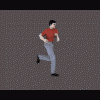
Checking things out again - But what happened to moving CPs?
ernesttx replied to ernesttx's topic in Open Forum
I think I found it. Snap to Surface was toggled and forcing CPs to snap to another surface when moving them. -
Thanks for the quick response folks. If I do come back to A:M, then I would most likely be giving up the polygon modeling. It's just that I have so many models that I have made and rigged right now, it would be kind of hard to say good bye to them. But, this might just be the way to go in order to do the animations that I want to. I suppose I could still use FaceGen and/or Poser to create human characters, then bring them into A:M, and use the Snap To Surface to recreate the model in A:M. I still suck at organic modeling. I would imagine the renderer has improved from when I used it. Does it support things like sub surface scattering, ambient occlusion and global illumination? Actually, is there a manual I can download which would probably answer a lot of my questions instead of bothering you folks?
-
Welcome back, Al! Remember, that ease comes because it take many fewer CPs to make a shape in A:M than vertices in a polygon modeler. 1) Keyboard 4 will constrain a CP to the direction of the spline at the point it starts from. If the spline is curved you will change the shape of the curve as you drag it but I use this quite a bit to adust CPs in a mesh, none-the-less. Also... 5 will constrain the CP to motion perpendicular to the original spline. 6 will constrain it to motion perpendicular to the surface. 2) the CutPlane plugin can do this in simpler situations. It can insert a spline ring (or unsplined CPs) at the intersection of the cutting plane with a mesh. 3) I think so? 4) You may define any res you want, limited only by your RAM and patience. 5) The Snap To Surface tool allows you to draw new splines on the surface of another shape as a guide. Informally called "retopolgy" on the forum. 6) That should be fine. That's way more than I have. 7) Besides the goat?
-
Hey Al! Many of your questions can be answered with a 'Yes, but...' which relates to the many differences between polygon approaches and spline patch modeling and animation. As you've grasped there are a lot of things you can do via import of OBJ (and as Nemyax adds... converting from other models) but there's not much of a better way to resolve those than to dive in and see what works best. Much will depend on what you plan to place in your scenes (as static objects) and what you expect to animate (or articulate). Here's a rough attempt to answer your queries: 1) A:M has several tools that allow movement of Control Points on a surface. If the surface is in a cardinal direction this will be considerably more straightforward as keys can be held down in order to move any CP, shape or object in a given direction along a spline. Sliding CPs along a spline in any arbitrary direction... hmmmm... I think we can do that but I haven't used it in my workflow. In the past few years there have been several tools added that allow projection of CPs onto surfaces (or send them to specific locations) that may also fit the bill. As far as my workflow I'd say use of the 4 key to move a CP along a spline is likely the most common. 2) A:M has some very basic tools for this (such as the Cut Plane plugin) but the lack of density in most spline models which is usually of benefit can work against us in that regard. As such it can be hard to maintain curvature of a given spline. One approach to cutting models would be to use another program to do the cutting and then import that into A:M for placement or further refinement. 3) The Dopesheet still works for lipsync (and as has always been the case) can drive any poses. The dictionary can be amended/edited as desired. 4) I tend to work in low rez so I'm not the best to answer this one but in general you can render to as high a rez as your system/RAM will allow. I will add that Netrender... which was separate software in the $500 range when you were using A:M... is now packaged with A:M so you can launch a variety of renders in various formats and have them all render simultaneously. 5) This 'retopology' tool is know as 'Snap to Surface' and can be used to place CPs/splines onto the surface of any prop or patch model. A Prop being in this case being any imported OBJ, STL, 3DS... and a few others). 6) I don't see any issues there but will defer to others with NVidia cards. 7) Yes, I'm sure there will be but the good news is that we'll work through them together one gotcha at a time. You've been missed. It'll be great to have you back!
-
I believe Kevin did say he had used the "snap to surface" feature with the imported obj, when laying down new splines. My guess it would be the "snap to surface" that is possibly creating the problem. Hard to tell from his description of his process.
-
Hello Bryan... Most polygon models make very poor candidates for conversion into spline models but you can import them to see what happens. If you import it as a model A:M will make an attempt to convert all the separate facet edges into continuous splines but this is never a perfect conversion. This is a very slow process. The density of polygon models makes them mostly impractical to use with A:M rigging concepts. You can also import a polygon model as a "Prop". This is fast but this result is not editable, it is only for use of the rigid shape. There is a Snap to Surface tool now if you wish to use the imported shape as a template for recreating the model in proper A:M splines.
-
Right now I am working quite a lot with snap to surface, because i am recreating one of my bigger polygon modells. I found some minor problems : Snap also reacts to hidden geometry. That should not happen. Snap has a tendency to snap to geometry on the other side of the model. The bluprint modell as well as to the spline geometry. In case of the blueprint it should be not so hard to fix that by checking the orientation of the surrounding normals. In case of the spline geometry i dont know ... Maybe it is posssible to look in these issues (at least its issues to me). Regards Heiner
-
Hi there, I am currentlz remoddeling a very complex polygon model using the snap to surface function. My idea was it, to cut my polygon modell into pieces, save them as individual models, import them into my modelling chor, and then switch model by model visibe or invisible as i need it. But, as far as I know AM does not know steady pivot points, and every model i Import has a different pivot, which makes it very anoying to asssemble my parts. Any Idea how i can maintain the pivot points of the importet polygon modells? cheers Heiner
-
Doesn't the OBJ importer work fine as long as the model is all quads? Isn't it always an issue if there is an n-sided face in the obj? There were tests done before and I believe people found with sub-division models that used the doo sabin worked better than the more common catmul clark method. Not sure where that post was. For any mechanical models as obj files coming in to AM in the modeler I never had much success especially with complex geometry, for organic/character models, they seemed much better. I did try the Troer converter but have yet to get it to work without either a crash or spaghetti. Alternatively, if the model is sloppy in the first place it is probably better to use the snap to surface feature and just trace over the model in AM. This can be less work and give you a much more optimized model verses fiddle farting (technical term for correcting garbage) with an imported model.
-

Dragon Malificent made with A:M by Charles Babbage for Disney
DrPhibes replied to robcat2075's topic in Showcase
Thanks for the kind words. I try to use A:M when ever it makes sense in our workflow. This dragon started as a smooth, primitive foam scale model (looked like a white Brontosaurus) that was free of any surface detail. I laser scanned the model and then using the snap to surface feature of A:M I created my patch based model of the original foam real life model. This base model is then sent to my mechanical engineer as a solid model (generated using a workflow we have developed with a few other tools) who begins to design the frame and structure inside the dragon. Simultaneous to that I build all the detail into the model (every thorn and rivet) and most importantly rigged the model to run it through all it's motions to check for clearances and collisions of the body parts. When everything is ready, I export STLs and send to a get milled on a variety of large CNC machines including a really cool robot arm. Then most of the parts get laid up with fiberglass directly (to save molding costs) and then assembled and painted. Obviously there is a lot more to it, but that sums it up. Unfortunately with this particular project I cannot publicly share any of the process images or A:M renders. I like using A:M, and have been for more than 20 years now, but it's just one tool in my large toolbox. I don't think I would be able to use A:M as much as I do without the support of a few other tools. Right now about half of my projects run through A:M in some way. I am working on 2 large Disney attractions right now that don't open until 2016 and A:M has been an important part of the process. I also have a large sculpture for the Wynn casino being built in Cotai China that was originated in A:M. You can see more of what we do at www.michaelcurrydesign.com Thanks, Charles -
There is no sample model. I just create a new (empty) model and try to add a few splines into it. That is why I suspected it was only on my end. It prevents me from modeling anything. I will test out some previously saved files (Thom would make a good test subject) and see if I can add new splines to those without any issues. I first noted this after starting to test a slew of methodologies for rapidly splining a body and face. In this I occasionally locked some splines down.... hid some splines.... used lathing... used extrusion... standard modeling stuff/nothing too strange. Then when I went in to simply draw a head/face from the front view I found I could no longer draw/spline anything without the problem appearing. I do recall having to turn off the Snap to Surface icon... thinking it was strange that it was activated because I hadn't been using it. I may go back and try to repeat what I was doing in those steps because perhaps I locked myself into some mode unintentionally and I just think I'm in a normal modeling window. Recall that I did 'reset' A:M, and later reinstalled after seeing the same results in 32 and 64 bit and confirming the problem wasn't occurring in v17g so that is what is so odd in this case. It's got to be something simple...something I changed specific to v18b on my end. The only change to my computer system that I am aware of was reattaching an external (second) monitor although I need to scrub through my installed apps to make sure nothing was recently installed that might be grabbing hold and not releasing memory. Update: It is occurring with previously saved models as well.
-
Nancy Thank you very much for your helpful reply. Gosh you're quick ! I will try to change it straight away. The path was animated because, when originally laid out, the wheel of the unicycle came off the ground at places, or into it at others. I'd wondered afterwards if 'snap to surface' might have prevented that but, I'm still getting used to that with the Charlie model (who is going to dance with the Bear next) currently underway during the week. regards simon This was the ground model Snow_Ground.mdl and this the map you kindly supplied the other week.
-
Nope. It isn't your imagination. While technically termed 'Snap to Surface' it started life circa v17 known as 'retopology'. Fuchur has a tutorial on his site on here's a short article to get started: http://www.hash.com/forums/index.php?showtopic=44299 Impressive work Jirard! Pardon me jumping in here, but this was something I had wanted to try but didn't have the chance before. I have followed up Rodney's link to the tech ref page and started the process. It is going to take a long time. Using a 3DS model, its been stuck at 2% for the past 30 mins, that has happened before, its a sunny spring day here, so the seaside is calling while that gets underway. However, I also started the process using an obj model. That imported really quickly but, when trying to turn to modelling mode ( f5) that option is greyed out and unavailable. Is there another way to go about it ? regards simon PS I tried to find the tutorial on Gerald's site but to no avail could you kindly post a link to it ?
-
Nope. It isn't your imagination. While technically termed 'Snap to Surface' it started life circa v17 known as 'retopology'. Fuchur has a tutorial on his site and here's a short article to get started: http://www.hash.com/forums/index.php?showtopic=44299 Impressive work Jirard!
-
Most CAD programs excel at drafting with precision. As such, if you know precise measurements you'd be well served to create your shapes in CAD and then export them to A:M. In A:M then simply import the Models as Props. This isn't to say that A:M can't create very precise mechanical shapes but only that CAD programs are designed with tools for such static shape precision in mind from the beginning. Most CAD programs do not do well at creating animatable characters and organic shapes. For those you'd want to create them in A:M and then export them to AutoCAD (or the CAD program of your choice. Whereas the most animation you are likely to get out of a CAD progam is a walkthrough A:M is designed for full articulation and animation. There are several new tools in A:M that increase precision such as the Snap to Surface, Snap to Group and Snap to Control Point methods. A tool you won't have in A:M and a lot of CAD programs is the tool that cuts, welds and overlays shapes. But you can create those shapes in any vector (besier) drawing program such as CorelDraw and Adobe Illustrator. Both Corel and Adobe have created a slew of programs to augment and push that technology further. Taking your lego example, several impressive animations have been created with lego pieces and there are lego models available in the A:M Exchange forum. You can create those in approx. 5 seconds by dragging and dropping the models into A:M or (once added to your Library) from your Library panel into a workspace window. The biggest difference is probably price. With the exception of free CAD programs you'll pay considerably more for a CAD program because tolerances are much tighter in the precision modeling and manufacturing world. To achieve the best of both worlds use both A:M and the CAD program of your choice.








